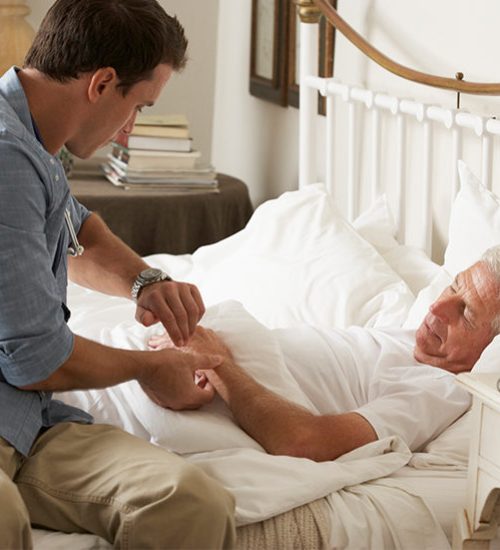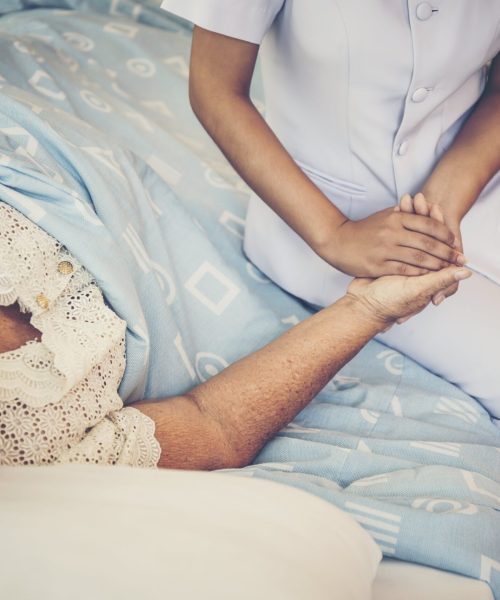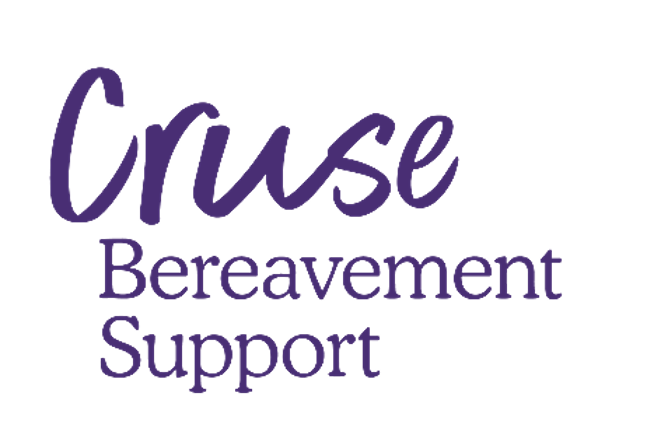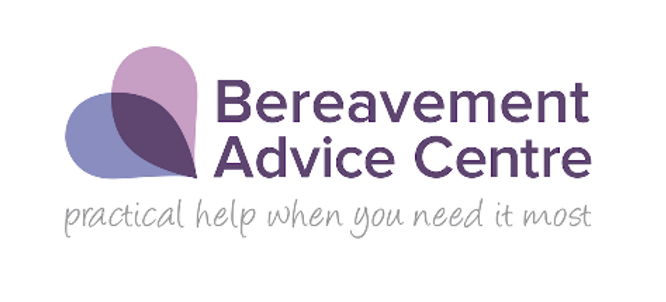What does Active Dying mean?

Have you ever heard the phrase active dying and wondered what it means?
A number of people have asked us recently what it means when a doctor tells you someone is actively dying. We thought it might be useful to provide some information about it, as clearly it’s not a phrase that everyone uses.
In our world, working alongside nursing & palliative care teams, when planning visits to patients who are in the last days and hours of their lives – we need to be able to be really clear with hospital staff which patients we are aiming to support – so this is the phrase that we use, and here is what it means…
Have you ever heard the phrase active dying and wondered what it means?
A number of people have asked us recently what it means when a doctor tells you someone is actively dying. We thought it might be useful to provide some information about it, as clearly it’s not a phrase that everyone uses.
In our world, working alongside nursing & palliative care teams, when planning visits to patients who are in the last days and hours of their lives – we need to be able to be really clear with hospital staff which patients we are aiming to support – so this is the phrase that we use, and here is what it means…

What does ‘active dying’ mean?
Active dying is the final phase of the dying process.
While the pre-active stage usually lasts for a few weeks, the active stage of dying lasts roughly three days.
By definition, patients who are actively dying are very close to death and may exhibit some or all of the signs and symptoms of near-death.
For instance, actively dying patients are often unresponsive, and their blood pressure drops significantly.
Below is a list of some of the typical signs of active dying. While a patient may not experience all of the signs below, this list will help the patient’s loved ones and/or carers to recognise whether they actively dying.

What are the symptoms of active dying?
-
Long pauses in breathing; patients breathing patterns may also be very irregular
-
Patient is in a coma, or semi-coma, or cannot be awoken
-
Urinary and bowel incontinence and/or decrease in urine; urine may be discoloured
-
Blood pressure drops significantly
-
Patient’s skin changes colour (mottling) and their extremities may feel cold to the touch
-
Hallucinations, delirium, and agitation
-
Build-up of fluid in the lungs, which may cause unusual gurgling sounds (sometimes known as the death rattle)
Predicting active dying
Whilst understanding what to expect by learning the signs and symptoms of active dying can be helpful, predicting active dying is still difficult.
As stated previously, a patient may not exhibit all the signs above. In some cases, the patient may actually state that they know they are dying. Often the patient’s position will become rigid, indicating the time of death has approached.
As a loved one and/or carer, it’s important that you talk with the nurses and clinicians regarding the patient’s condition. They can help in identifying when someone is indeed actively dying, and explain additional ways to help you and your loved one.
Ref: Crossroads Hospice & Palliative Care website


Predicting active dying
Whilst understanding what to expect by learning the signs and symptoms of active dying can be helpful, predicting active dying is still difficult.
As stated previously, a patient may not exhibit all the signs above. In some cases, the patient may actually state that they know they are dying. Often the patient’s position will become rigid, indicating the time of death has approached.
As a loved one and/or carer, it’s important that you talk with the nurses and clinicians regarding the patient’s condition. They can help in identifying when someone is indeed actively dying, and explain additional ways to help you and your loved one.
Ref: Crossroads Hospice & Palliative Care website



